Keeshond Puppies
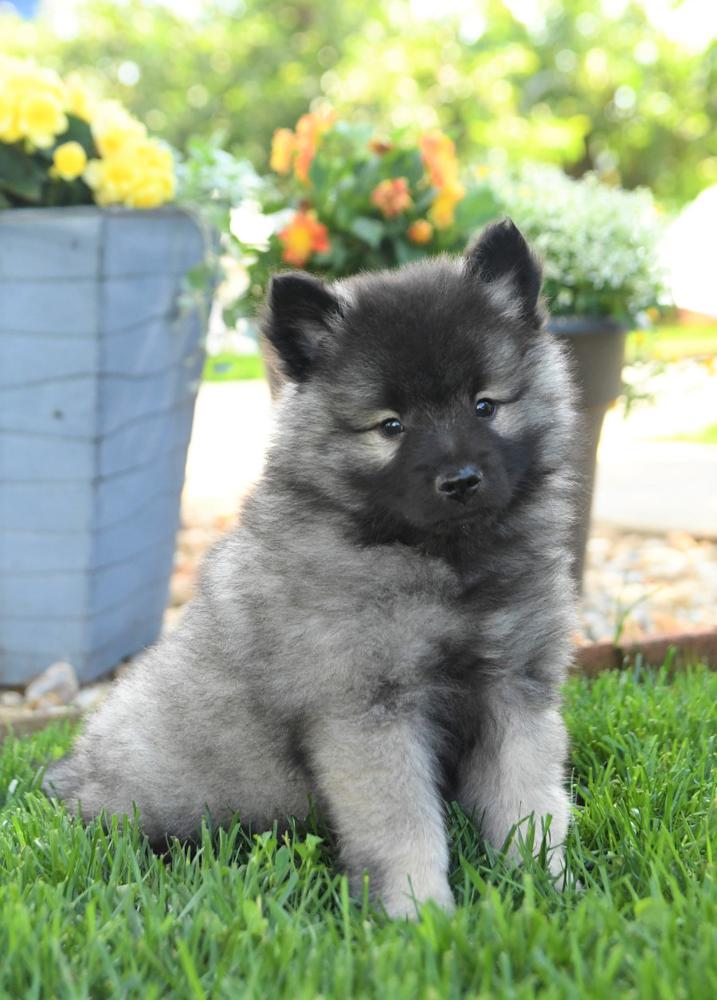
A lively, intelligent, and loving family dog
Keeshonds love spending time with people and were originally used as companions and guards on Dutch barges. Now, they are a strong symbol of Dutch patriotism, and companions to families around the world.
Keeshond At a Glance
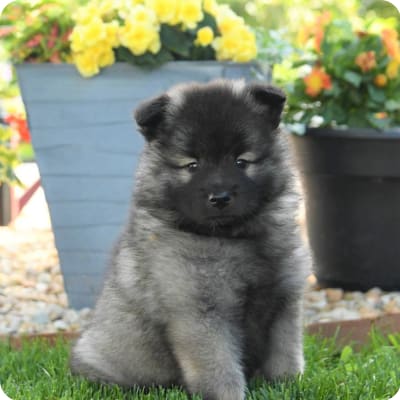
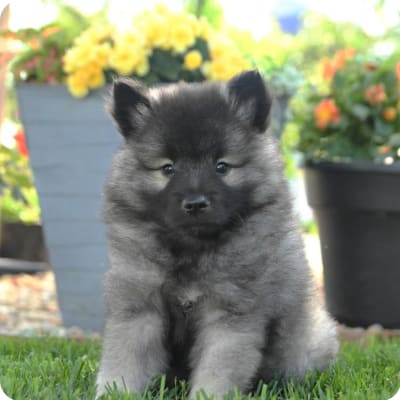
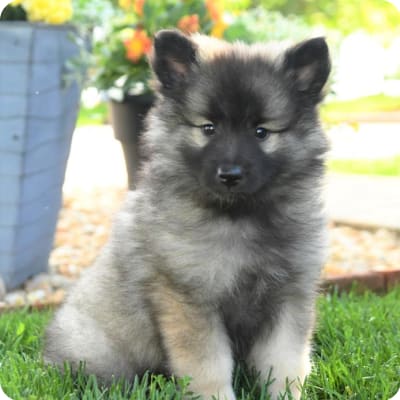
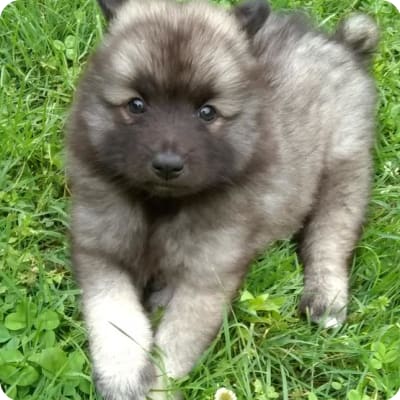
Keeshond At a Glance
- Size: 17"-18", 35-45 lbs.
- Lifespan: 12-15 years
- Energy Level: medium
- Coat: Thick, woolly undercoat with a long outercoat
- Shedding: heavy
- Hypoallergenic: No
- Dog Group: Non-Sporting
- Common Nicknames: Smiling Dutchman, Dutch Barge Dog, Wolfspitz
Keeshond Breed Guide
Learn More About Keeshonds


